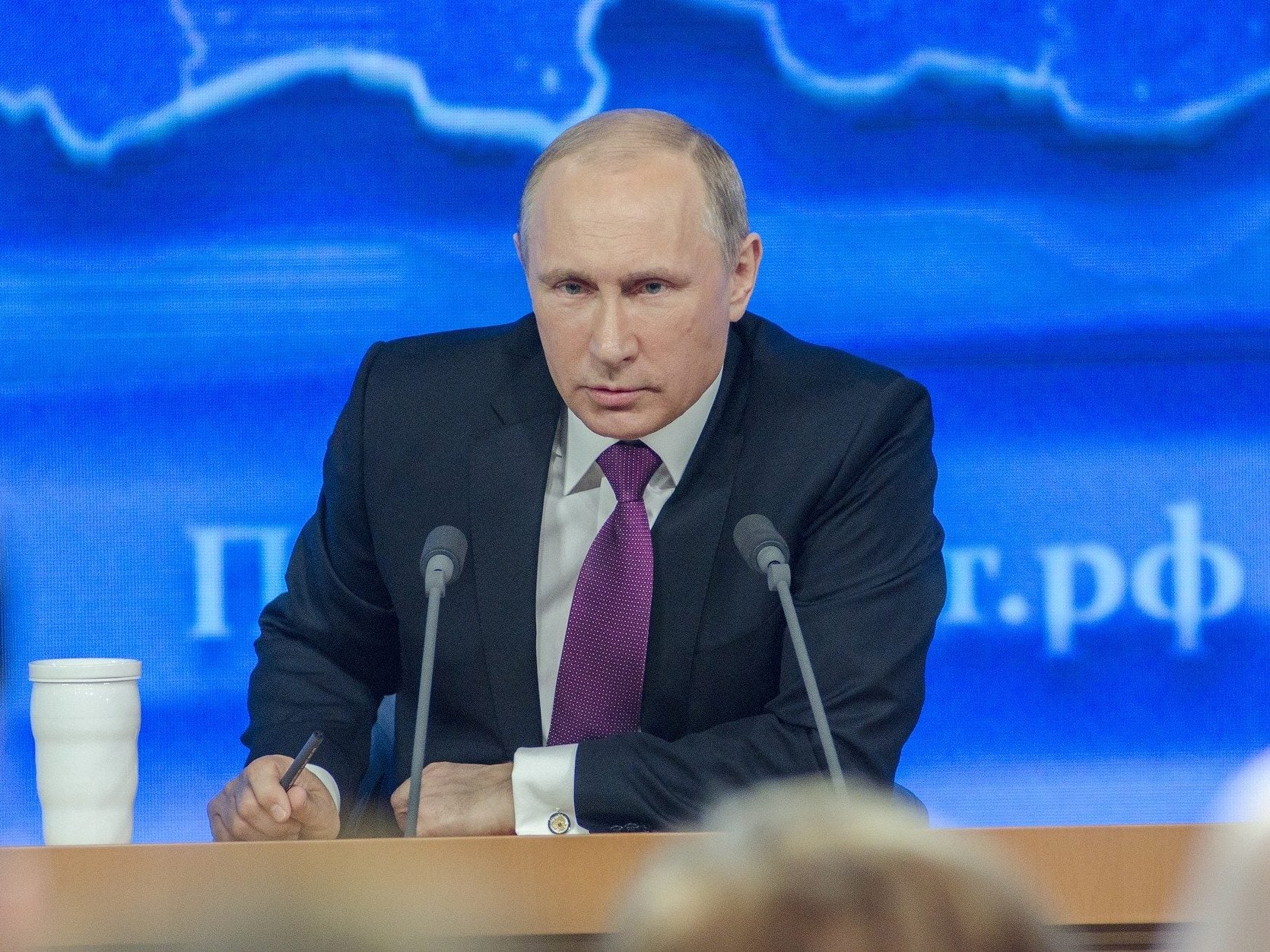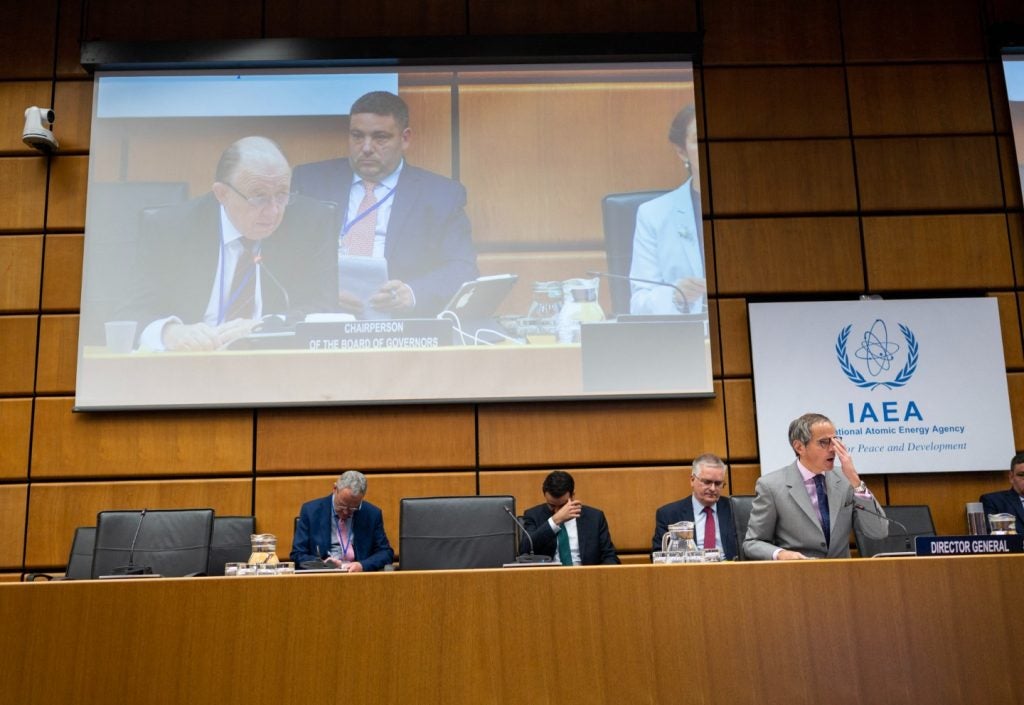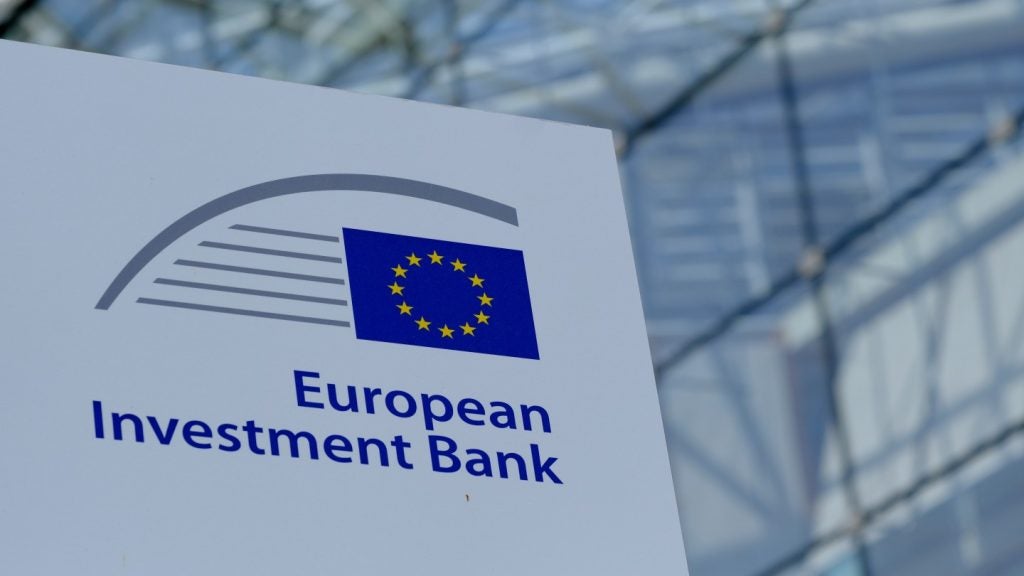
The document, signed by Putin, allows the country to use its nuclear forces in several scenarios including one where attacks from conventional forces that ‘threatens the very existence of the state’.
The policy states that Russia’s nuclear deterrence is a priority, but that the use of the country’s weapons is only possible in response to aggression. Ultimately the decision to use Russia’s nuclear weapons resides with the president.
The new rules, set out in a document approved by Putin, detail four circumstances in which Russia can respond with its nuclear deterrent, including the instance when an attack with conventional forces jeopardises the “very existence of the state”.
Russia can also mount a nuclear response if it receives reliable information its adversaries are launching a ballistic missile attack on the country or one of its allies. The Kremlin policy document reads: “The receipt of reliable information about the launch of ballistic missiles attacking the territory of the Russian Federation and (or) its allies;”
Russia can also respond with nuclear force if it or its allies come under attack from nuclear forces. The document adds that Russia can also attack a country with nuclear weapons if an enemy attack affects the ability of the country to respond with nuclear force. The document reads: “- The enemy’s impact on important state or military facilities of the Russian Federation, the failure of which will lead to the disruption of the response of nuclear forces;”
Despite the change of tact in nuclear policy, Russian news outlet TASS reported that Kremlin Spokesman Dmitry Peskov said that the country would ‘never’ initiate a nuclear attack.
How well do you really know your competitors?
Access the most comprehensive Company Profiles on the market, powered by GlobalData. Save hours of research. Gain competitive edge.

Thank you!
Your download email will arrive shortly
Not ready to buy yet? Download a free sample
We are confident about the unique quality of our Company Profiles. However, we want you to make the most beneficial decision for your business, so we offer a free sample that you can download by submitting the below form
By GlobalDataPeskov said: “Now, the entire document has been published, which stipulates what exactly might force Russia to use nuclear weapons. At the same time, it stresses that Russia can never and will never initiate [the use of nuclear weapons].”
The new policy replaces a former doctrine signed ten years ago and marks a departure from previous Russian nuclear rules by being published publicly by the government.
The new policy comes at a time when the future of nuclear arms control is increasingly fraught with the US rescinding from the Intermediate-Range Nuclear Forces (INF) Treaty and signalling its intention to pull out of the Open Skies treaty.
As it stands, just one treaty, New START (Strategic Arms Reduction Treaty), places limits on the nuclear arsenals of the US and Russia. New START is set to expire in 2021. While Russia has signalled it would agree to extend New START, the Trump administration is keen to negotiate a new arms control agreement that would also include China.






